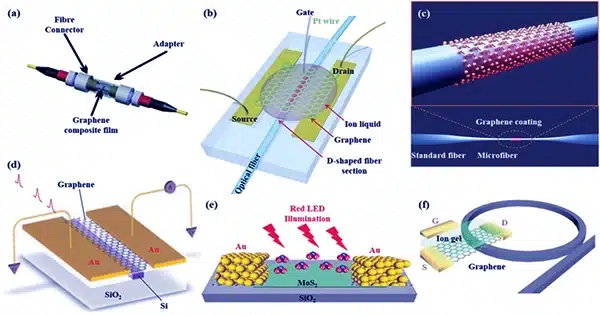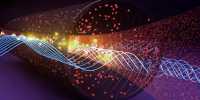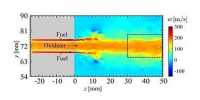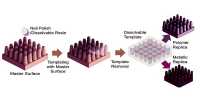Engineers at Columbia University and theoretical partners at the Max Planck Institute for the Structure and Dynamics of Matter discovered that combining laser light with crystal lattice vibrations can improve the nonlinear optical properties of a layered 2D material. The findings are reported in the journal Nature Communications.
Cecilia Chen, a student at Columbia Engineering and co-author of the latest paper, and her colleagues in Alexander Gaeta’s Quantum and Nonlinear Photonics group used hexagonal boron nitride (hBN). hBN is a two-dimensional material comparable to graphene, with atoms organized in a honeycomb-shaped repeating pattern that may be peeled into thin layers with unique quantum features. Chen observed that hBN is stable at room temperature, and its main elements, boron, and nitrogen, are extremely light. That means they vibrate quite quickly.
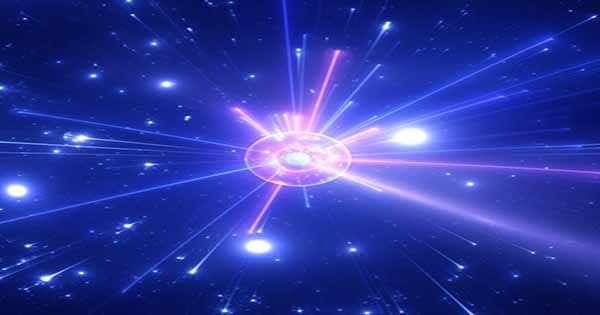
Atomic vibrations exist in all materials above absolute zero. The team at hBN focused on the optical phonon mode, which vibrates at 41 THz and has a wavelength of 7.3 μm in the mid-infrared region of the electromagnetic spectrum.
While mid-IR wavelengths are considered short and thus high energy in the context of crystal vibrations, they are considered very long and low energy in most optics research with lasers, where the vast majority of experiments and studies are conducted in the visible to near-IR range of approximately 400 nm to 2 um.
Chen, along with fellow student Jared Ginsberg (now a data scientist at Bank of America) and postdoc Mehdi Jadidi (now a Team Lead at quantum computing company PsiQuantum), were able to efficiently generate new optical frequencies from the medium by tuning their laser system to hBN’s frequency corresponding to 7.3 μm. This is an essential goal of nonlinear optics. Professor Angel Rubio’s group at Max Planck conducted theoretical research that assisted the experimental team in understanding their findings.
Using widely accessible table-top mid-infrared lasers, they investigated the phonon-mediated nonlinear optical process of four-wave mixing to generate light with close to even harmonics of an optical signal. They also discovered that third-harmonic production increased by more than a factor of 30 when the phonons were excited.
“We’re excited to show that amplifying the natural phonon motion with laser driving can enhance nonlinear optical effects and generate new frequencies,” Chen went on to say. In future research, the team intends to investigate how light might be used to change hBN and similar materials.
